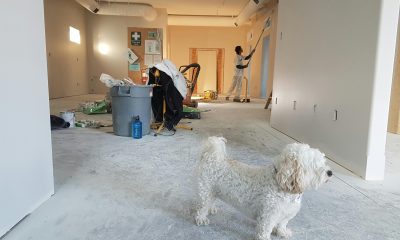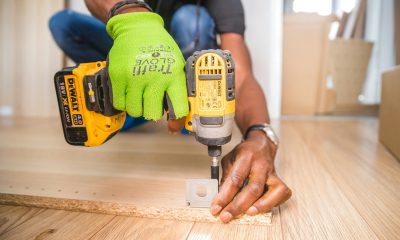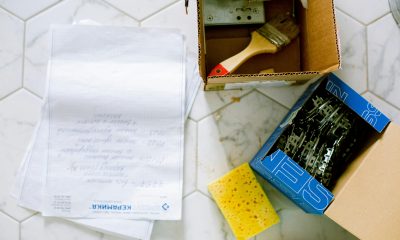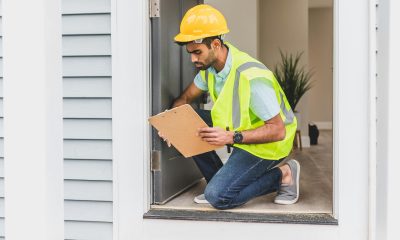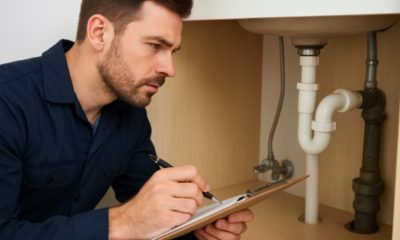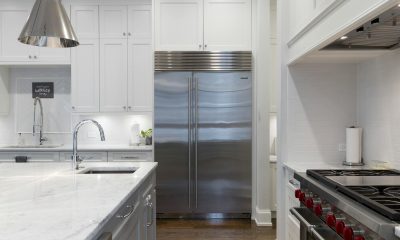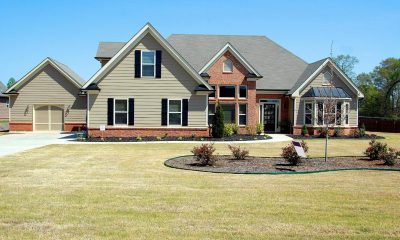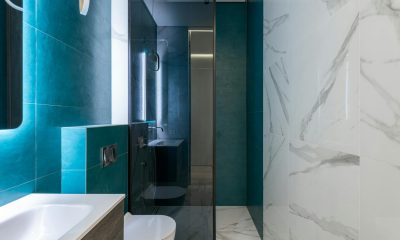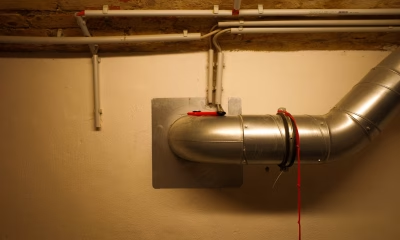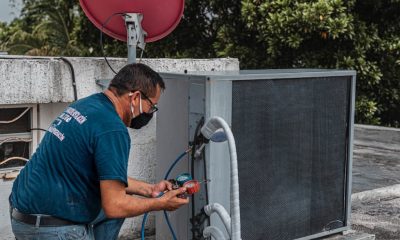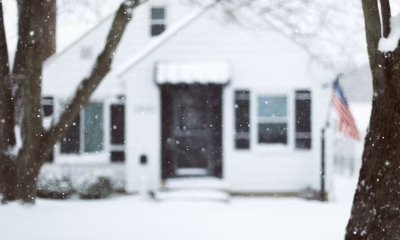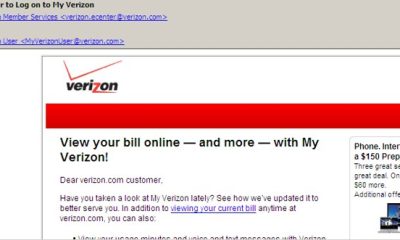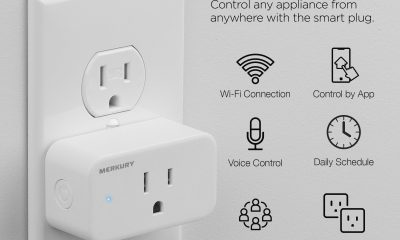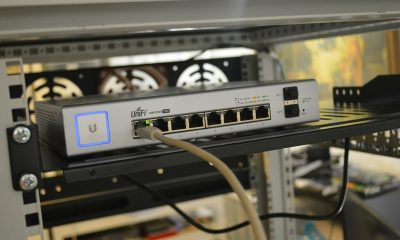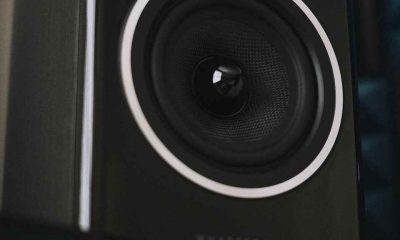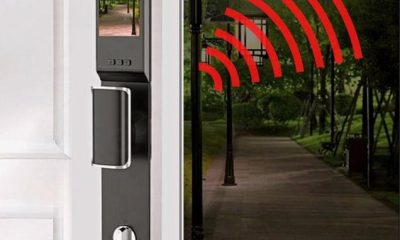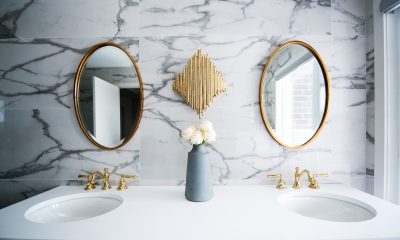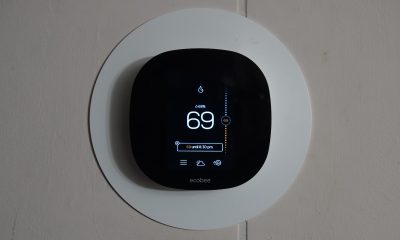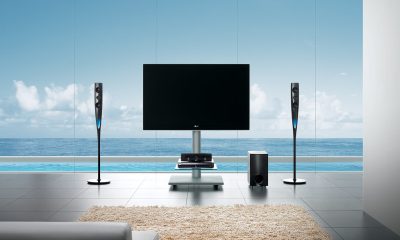Guides
How Landlords Can Prepare a Home for New Occupants?

Getting your home ready for rent isn’t just about advertising it and hoping for the best tenant. It’s a process that demands thought, preparation, and responsibility. Listing a property means you’re entering into a business arrangement, and like any business, it should be handled with care and attention.
A rental home must meet not just your standards but also legal, safety, and market expectations. From minor repairs and deep cleaning to lease agreements and insurance adjustments, every detail counts. You want your new occupants to have a good experience—and you also want to avoid future headaches.
This article walks you through exactly how to prepare your property thoroughly so you can attract responsible tenants, reduce vacancy time, and protect your investment.
Assess and Address Previous Damages
If the home was occupied before, start by evaluating the condition the last tenant left it in. Some wear and tear is expected, but visible damage—like holes in the walls, broken fixtures, or stained carpets—needs to be addressed before showing the property to new renters.
If the damage is significant, your insurance policy might cover it. An adjuster can determine if you’re eligible for a claim and what documentation is required. Now, here’s the catch. They aren’t usually on your side.
This is where you must know the right home insurance adjuster tips, such as learning what methods they use to make sure the insurance companies pay less, how to negotiate, and who to ask for help legal and property management experts.
Take clear photos, keep receipts, and store all communication with contractors and your insurance provider. This will help you stay organized and protected in case a dispute arises.
Deep Clean Every Inch
Once the damage is handled, turn your attention to cleaning. A clean home doesn’t just look better—it also makes a strong impression on potential tenants. And it sends a message: this is a property that’s been cared for.
Deep cleaning goes beyond surface-level tasks. Carpets should be professionally cleaned or replaced if they’re in bad shape. Windows, windowsills, and ceiling fans need dusting. Kitchens and bathrooms should sparkle this means scrubbing grout, wiping down cabinets, and sanitizing appliances inside and out.
Change air filters and clean out vents. Even small touches, like fresh caulking or polished door handles, can elevate the space.
If time or energy is short, consider hiring a professional cleaning crew. It’s a small investment that pays off when your rental shows well and rents faster.
Take Care of Safety and Compliance
Rental homes must meet basic safety standards. Your first priority is to check all smoke and carbon monoxide detectors. Replace batteries and test each unit. Make sure all doors and windows lock securely. Stair railings should be sturdy, and light fixtures should work as intended.
If any part of the home could pose a risk to your tenant, fix it now.
Local laws may also require specific inspections or permits before you can legally rent the property.
Requirements vary by city and state, so contact your local housing authority for a checklist or ask other landlords in the area.
Handle All Necessary Repairs
Repairs are part of being a landlord, and now’s the time to tackle them head-on. Start with anything that could affect a tenant’s health or safety. Leaky pipes, faulty wiring, and cracked windows should be repaired without delay. After that, move on to smaller issues loose cabinet doors, squeaky hinges, or dripping faucets.
These details may seem minor, but they can signal neglect if left unfixed.
Avoid quick fixes. If a repair requires specialized knowledge, hire a licensed professional.
Not only does this protect your investment, but it also keeps you in compliance with local codes. Keeping records of all repairs and invoices is a smart habit, especially if you plan to claim expenses during tax season.
Consider Updates That Increase Appeal
Not every home needs a major renovation to stand out. Sometimes, a few updates are all it takes to make a rental feel fresh, clean, and inviting. Start with the walls. A new coat of paint in neutral tones like soft gray, beige, or off-white can instantly brighten the space and make it easier for tenants to imagine living there.
Replace dated or damaged hardware in the kitchen and bathrooms.
New cabinet handles, light switch plates, and faucets are inexpensive but can make a big difference in how modern the home feels.
Don’t forget about the exterior. Curb appeal matters, even in a rental.
Clean up the landscaping, trim hedges, mow the lawn, and clear any debris from walkways. A neat, well-maintained yard makes a great first impression before the tenant even steps inside.
Ensure Utilities and Services Are Set Up
When tenants move in, they expect everything to be functional from day one. That means utilities like water, electricity, and gas must be in working order. If your property is vacant, you’ll need to ensure these services remain active until the tenant officially takes over.
Schedule transfers or start service if necessary, and confirm that everything is running as it should.
If you include certain services—like internet, trash collection, or lawn care—as part of the rent, double-check that these are set up in advance.
Make sure to provide tenants with any contact information they may need and outline what’s covered in your lease.
Review Your Insurance Coverage
Take time to review your current coverage before listing your property again.
Confirm whether your policy includes loss of rental income, vandalism, or tenant-caused damage.
Some policies require specific add-ons for full protection. If you’re unsure, speak directly with your insurance agent. The cost of increasing your coverage is often worth the peace of mind it provides.
Encourage your tenants to carry renter’s insurance as well.
It protects their belongings and may reduce your liability in the event of theft, accidents, or natural disasters.
Get Your Lease Documents in Order
A solid lease agreement is one of the most important tools you have as a landlord.
It sets clear expectations and offers legal protection if anything goes wrong.
Don’t rely on generic templates you find online—make sure the lease you use is specific to your state’s laws and covers all key areas.
Include the monthly rent amount, due date, lease duration, and late fee policies. Outline rules for pets, smoking, and subletting.
If you offer appliances, note who’s responsible for repairs or replacements.
Preparing a rental property isn’t just about cleaning and repairs.
It’s about building a strong foundation for a successful rental experience.
Small updates boost appeal, clear lease agreements reduce confusion, and proper insurance gives you peace of mind.
When you take the time to set up utilities and document everything, you’re creating a better experience for everyone involved.
Remember, well-prepared home leads to better tenants, fewer issues, and a smoother path forward.
-
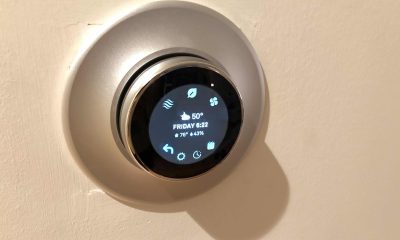
 Gadgets3 years ago
Gadgets3 years agoDoes Nest Thermostats Contain Cameras Or Microphones? Is It Safe For you?
-

 Guides1 year ago
Guides1 year ago10 Best Apps To Control All Your Smart Home Devices.
-
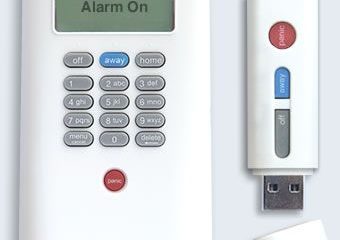
 Gadgets3 years ago
Gadgets3 years agoWhat Is The Purpose Of Red Button On The SimpliSafe Keypad?
-
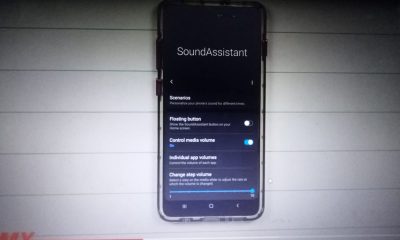
 Gadgets2 years ago
Gadgets2 years agoComplete Guide About Equalizer settings for Samsung-Soundbar
-
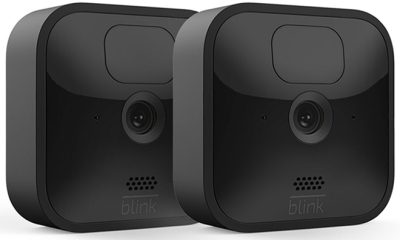
 Accessories2 years ago
Accessories2 years agoBlink Camera’s Temperature Sensor Settings, and More
-

 Solutions3 years ago
Solutions3 years agoWhy is My Samsung TV Picture So Dark? Exploring the Possible Causes
-

 Gadgets3 years ago
Gadgets3 years agoFitbit Symbols Meaning: What Do The Fitbit Icons Mean?
-

 Accessories2 years ago
Accessories2 years agoCan Siri Control Samsung Televisions And Are Samsung TVs Homekit Compliant?




